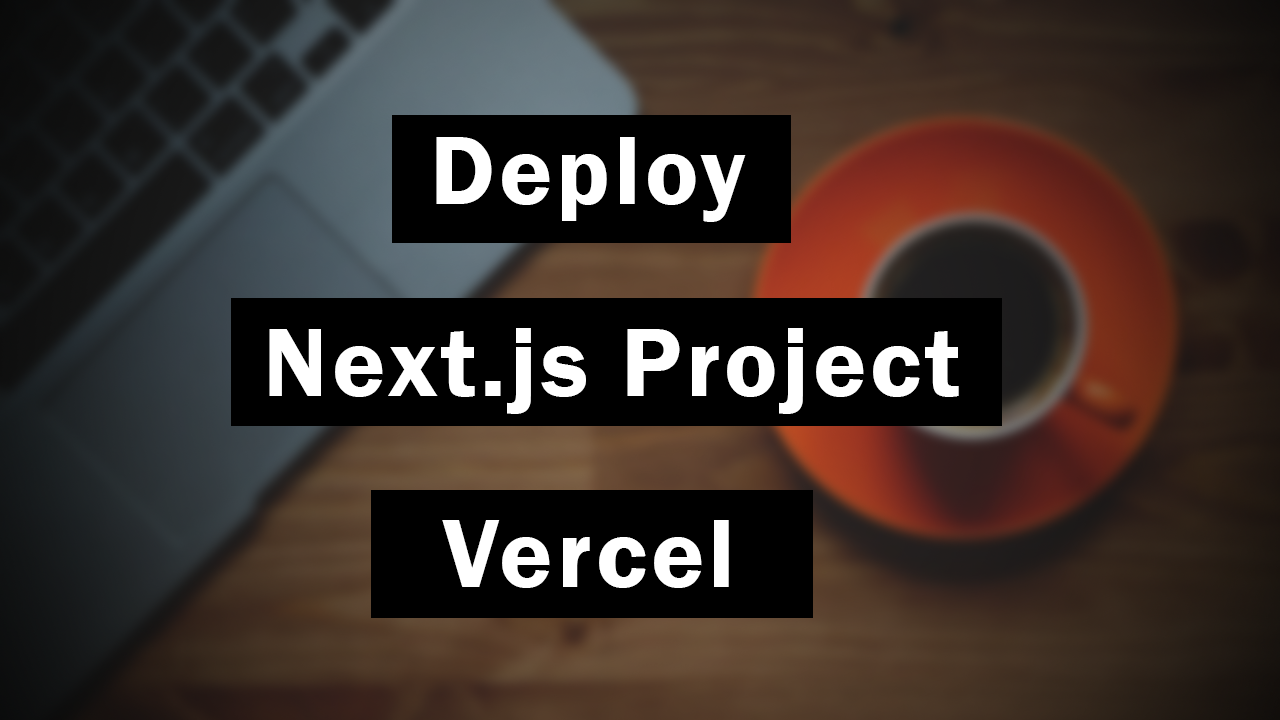Utilizing Next.js Link Component for Seamless Navigation
1. Introduction to Next.js Link
Next.js offers powerful features for building fast, dynamic web applications, and In those applications, Navigation is a key to delivering a smooth user experience. The Link component in Next.js provides a simple and efficient way to handle client-side routing, enabling developers to create navigation links. In this article, we'll explore how to leverage the Next.js Link component to enhance navigation in your applications and provide a seamless browsing and routing experience.
2. Understanding Next.js Link Component
The Link component in Next.js allows developers to create client-side navigation links that preserve the state of the React components. It utilizes the HTML5 pushState API to navigate between pages without a full page reload, resulting in faster navigation and improved performance.
3. Benefits of Next.js Link Component
Using the Link component in Next.js offers several benefits:
- Client-Side Routing: Next.js Link enables client-side routing, allowing for smoother and faster navigation between pages.
- Prefetching: Next.js automatically prefetches linked pages in the background, reducing loading times for subsequent navigations.
- State Preservation: The Link component preserves the state of React components during navigation, maintaining the user's current context and scroll position.
4. Using Next.js Link Component
Let's explore how to use the Link component in Next.js:
import Link from 'next/link';
const Navigation = () => (
<nav>
<Link href="/">
<a>Home</a>
</Link>
<Link href="/about">
<a>About</a>
</Link>
<Link href="/contact">
<a>Contact</a>
</Link>
</nav>
);
export default Navigation;
5. Prefetching with Next.js Link
Next.js automatically prefetches linked pages when using the Link component, improving the performance of your application. To disable prefetching for specific links, you can use the prefetch attribute as given below.
<Link href="/blog" prefetch={false}>
<a>Blog</a>
</Link>
6. Customizing Link Behavior
The Link component in Next.js allows for customization of link behavior using various props, such as replacing the current URL, scrolling to the top of the page on navigation, and passing query parameters:
<Link href="/posts/[id]" as="/posts/1" replace scroll={true}>
<a>View Post</a>
</Link>
7. Conclusion
The Next.js Link component provides a powerful and intuitive way to handle client-side navigation in your web applications. By leveraging the Link component, you can create fast, responsive navigation links that enhance the user experience and improve the overall performance of your Next.js applications.
8. FAQs (Frequently Asked Questions)
How does the Next.js Link component improve performance?
The Next.js Link component enables client-side routing, allowing for faster navigation between pages without a full page reload. Additionally, Next.js automatically prefetches linked pages in the background, reducing loading times for succeeding navigations.
Can I customize the behavior of Next.js Link components?
Yes, the Next.js Link component offers various props for customizing link behavior, such as prefetching, replacing the current URL, scrolling to the top of the page on navigation, and passing query parameters.
Does Next.js Link handle Navigation state preservation?
Yes, the Next.js Link component preserves the state of React components during navigation, maintaining the user's current context and scroll position across pages.
Is Next.js Link suitable for large-scale web applications?
Next.js Link is well-suited for large-scale web applications, offering efficient client-side routing and prefetching capabilities that provide a unified browsing experience for users.
How does prefetching work with Next.js Link?
Next.js automatically prefetches linked pages in the background when using the Link component, predicting user navigation and reducing loading times for following page visits.



